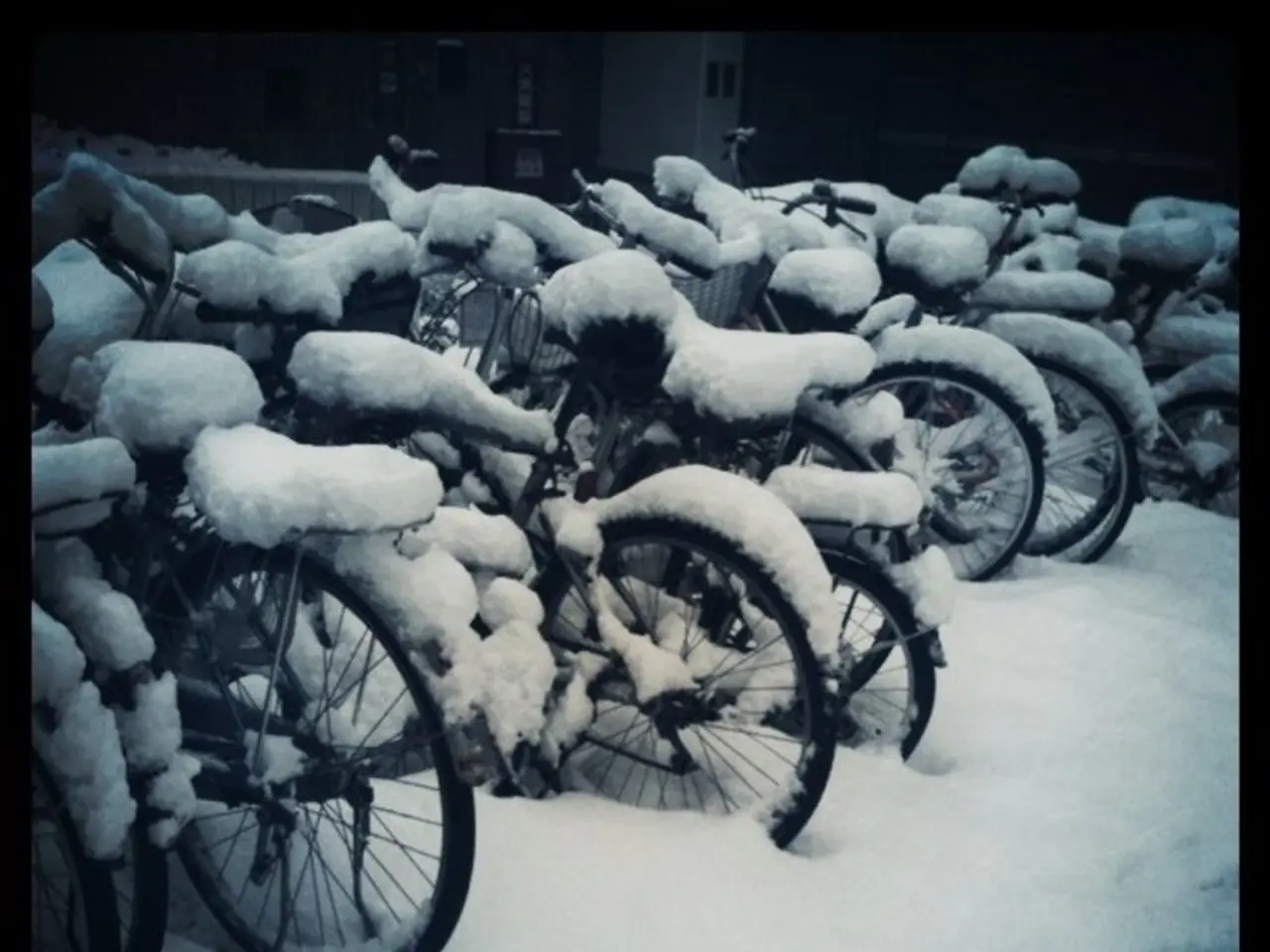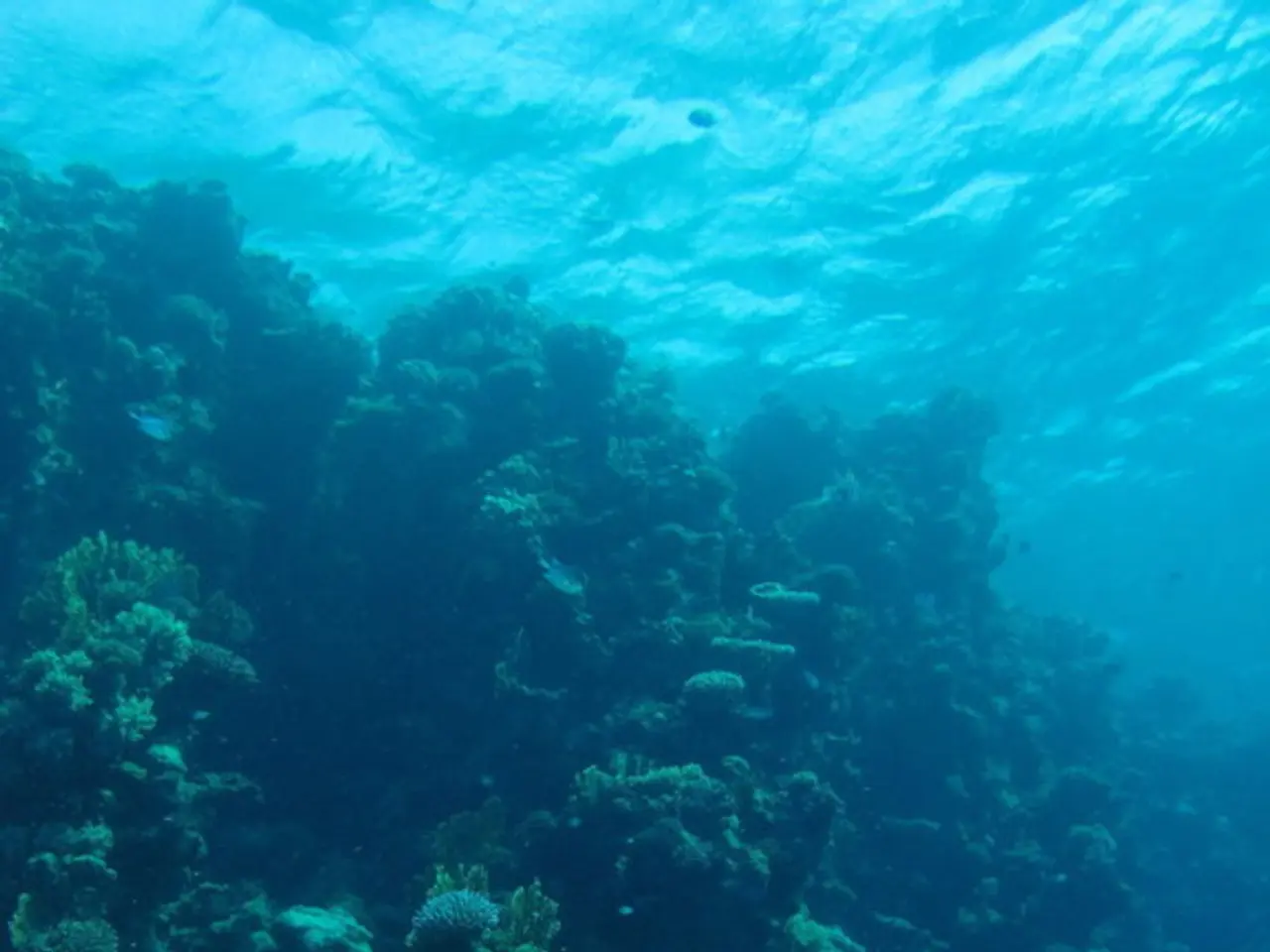December's precipitation in Wupper region expected to be below usual levels
Germany Weather Report for December 2025
December 2025 in Germany saw a mix of weather conditions, with some regions experiencing above-average rainfall and colder temperatures, while others remained relatively mild and dry.
While detailed data for the entire country is not yet available, a synthesis of available information provides a reasonable outlook.
Temperature Trends
The winter 2025-2026 forecast anticipates cold temperatures across Germany, influenced by a predicted ENSO-neutral to La Niña-leaning phase, which typically favors cooler and snowier conditions in Central Europe, including Germany [3].
Local data from Stuttgart for December 2025 shows daily highs around 6°C (warmest day on Dec 5) and lows down to about -2.8°C (coldest day on Dec 29) [1]. This aligns well with typical cold winter conditions. On December 26th, it was -14.1°C in Reit im Winkel (Chiemgau) [2].
Precipitation Trends
December generally presents high precipitation in Germany, particularly in some regions like Saarland averaging 141 mm of rainfall, and December is characterized by many precipitation days (up to 19 days in some areas) [4].
In North Rhine-Westphalia, the Bever-Talsperre measuring station in Hückeswagen recorded 140 liters of rain in December, compared to the usual 146 liters [1]. However, other parts of the region, such as the Bergisches Land, experienced less rainfall than usual during Advent and Christmas.
The wettest day at three measuring stations was December 5th: Bever-Talsperre with 23 liters, Kläranlage Burg with 22 liters, and Kläranlage Buchenhofen with 21 liters. The wettest measuring station was in Wuppertal-Ronsdorf, with 162 liters. Records from the Wupperverband show that, depending on location, 6 to 30 liters per square meter less fell than average [1].
The DWD reports that December's precipitation data can be found on the Wupperverband's website [4]. The driest measuring station was in Leverkusen (measuring station at the Kläranlage), with 55 liters recorded.
In conclusion, while specific data for North Rhine-Westphalia and other regions in December 2025 may vary, the overall trend suggests a wetter and colder winter, consistent with typical winter patterns and climate forecasts for that period. For precise December 2025 data for the entire country, checking the German Meteorological Service (DWD) after January 2026 will provide definitive statistics [5].
In the context of the Germany Weather Report for December 2025, the forecast for the winter 2025-2026 indicates a potential shift towards colder temperatures, influenced by a predicted ENSO-neutral to La Niña-leaning phase, which typically favors cooler and snowier conditions in Central Europe, including Germany. Moreover, December 2025 in some regions of Germany, such as Saarland, was characterized by high precipitation, with Saarland averaging 141 mm of rainfall, and December being notable for many precipitation days. This trend suggests a wetter and colder winter, consistent with typical winter patterns and climate forecasts for that period.
Against this backdrop, the focus of the report becomes the applied environmental science behind the interpretation of weather data and its implications for regional climates, as we grapple with the ever-changing weather patterns and their impact on various industries and ecosystems, which underscores the growing importance of the study of environmental science in understanding our world.








